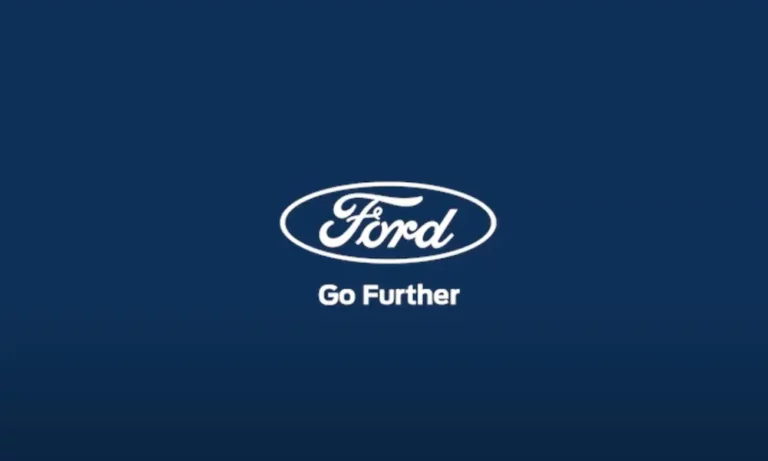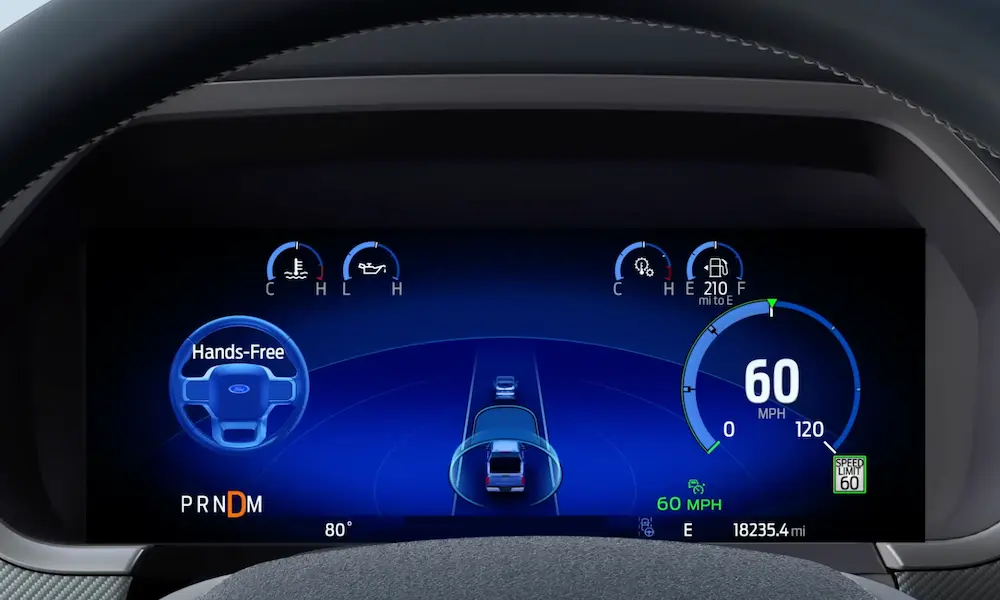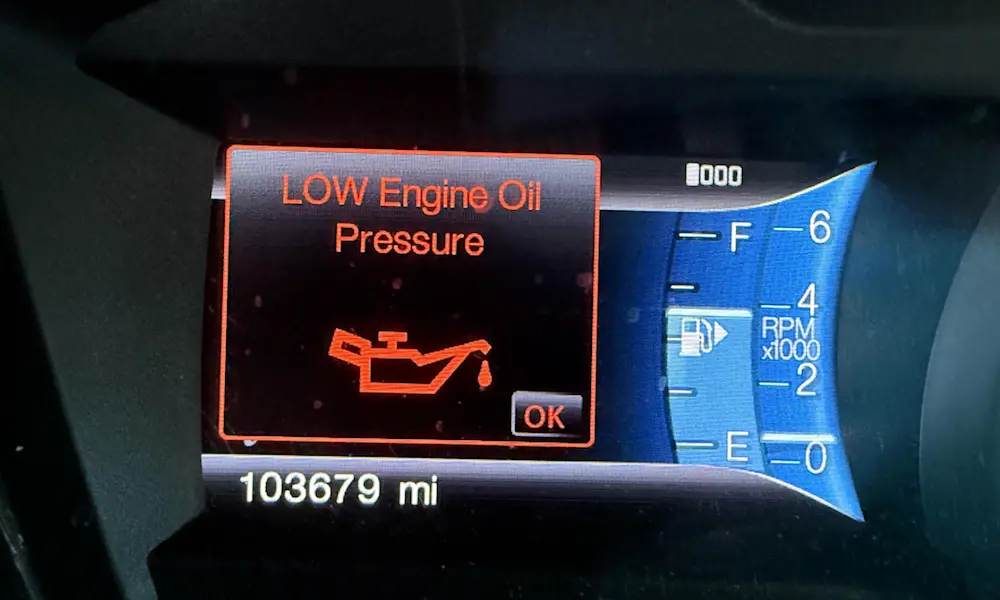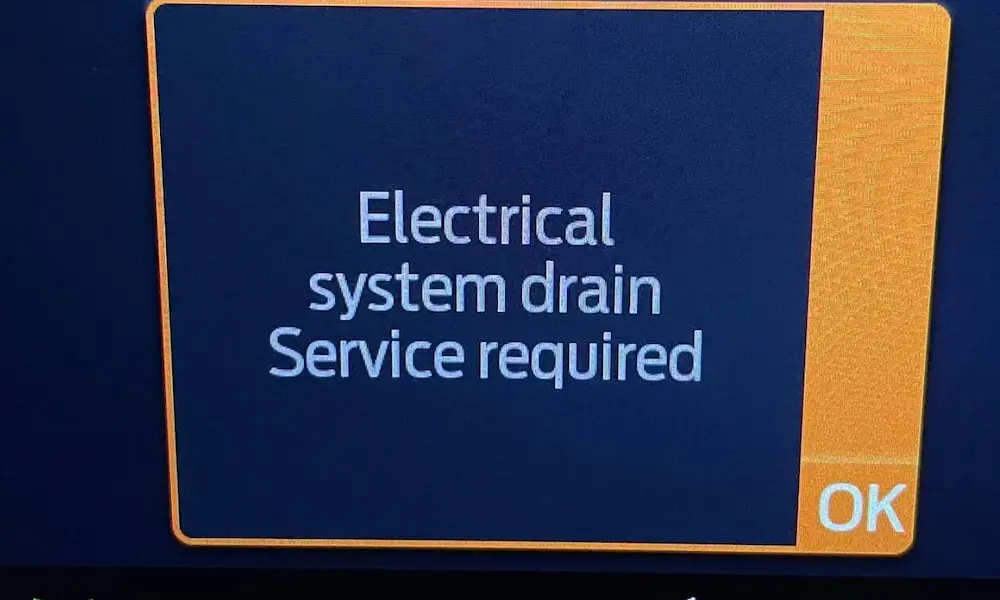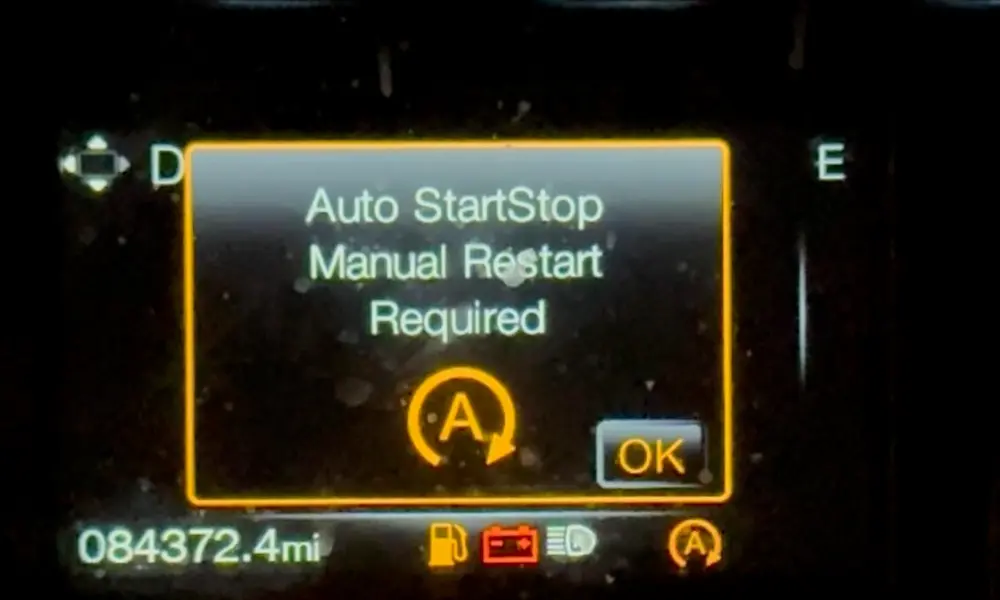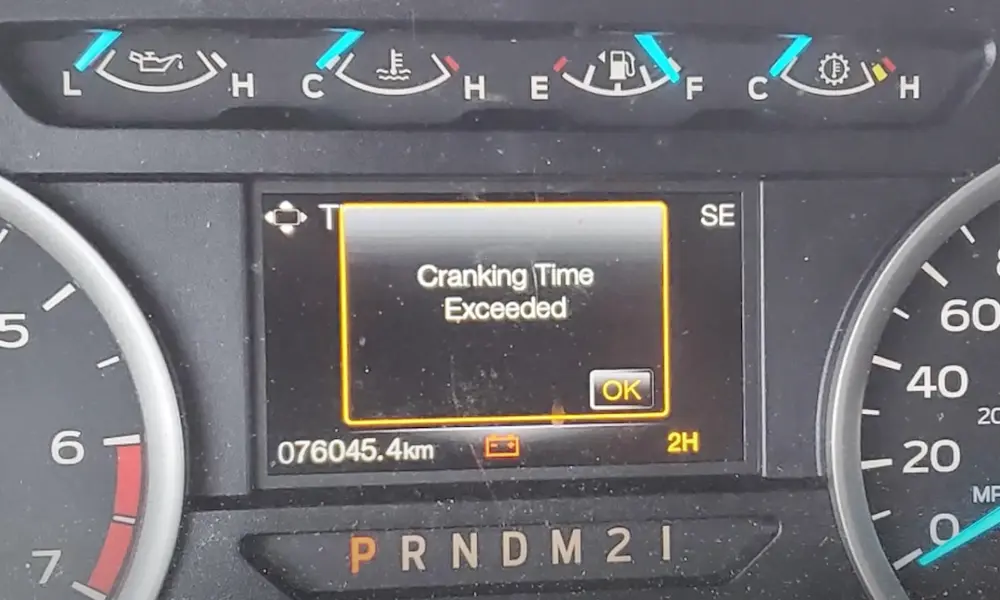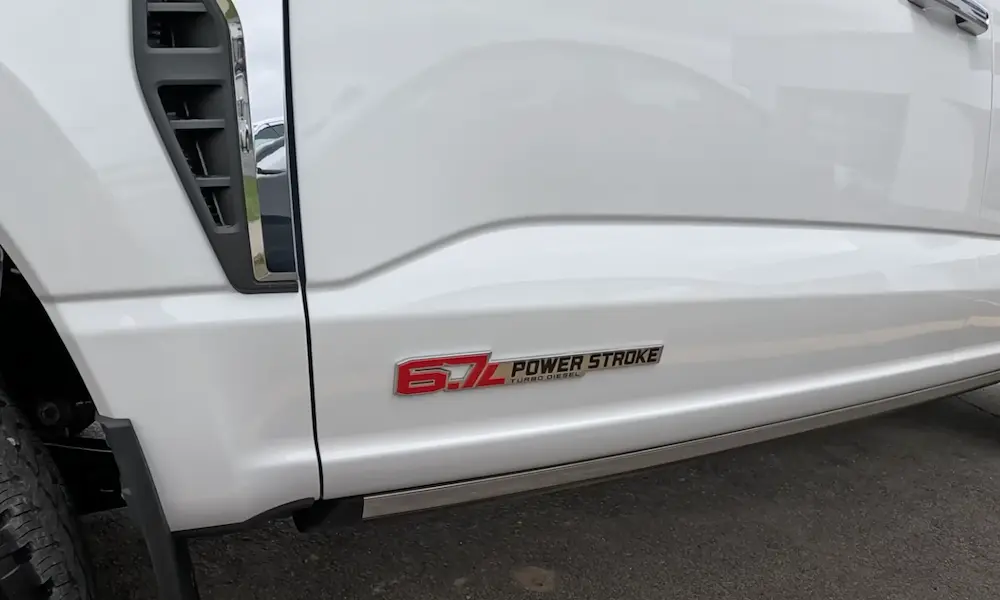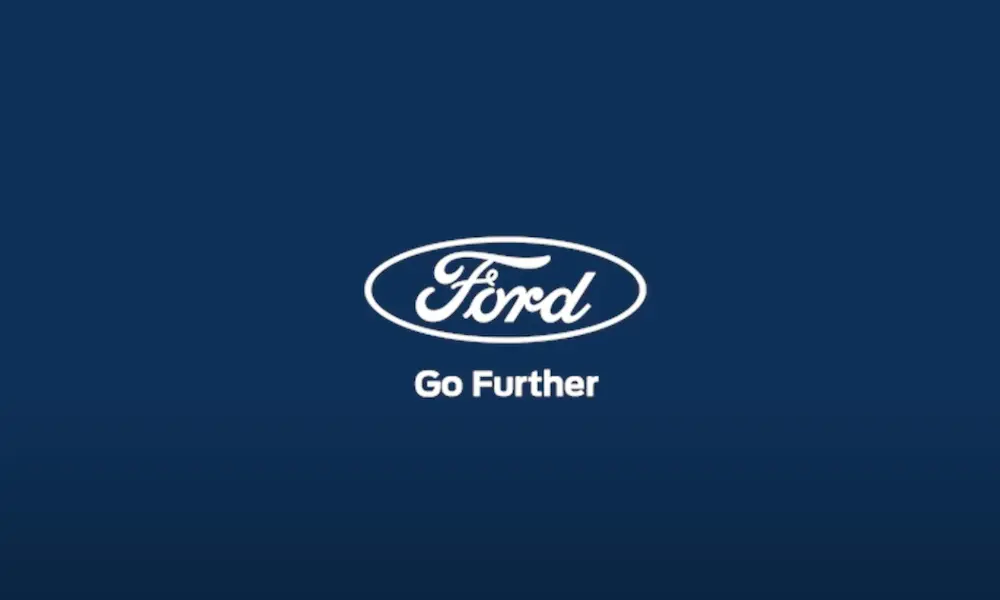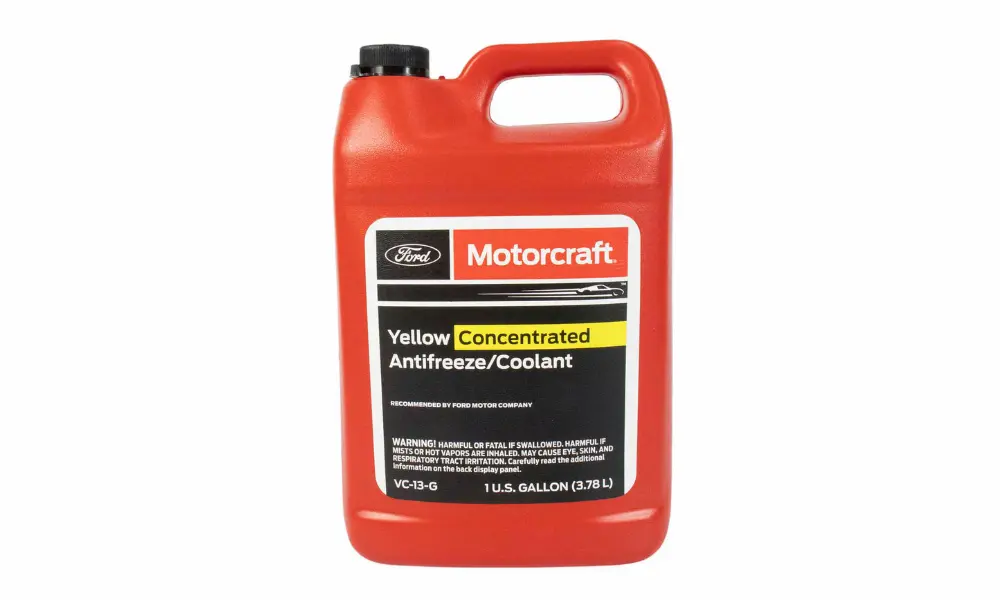Wondering what secrets your Ford is hiding? That string of 17 characters known as your Vehicle Identification Number (VIN) holds the key to your car’s entire history. When paired with a build sheet, you’ll get the complete story of how your Ford rolled off the assembly line. Let’s dive into how you can decode your Ford’s DNA and why it matters.
What Is a Ford VIN?
Your Ford’s VIN is essentially its fingerprint – a unique 17-character code that no other vehicle in the world shares. Since the early 1980s, all vehicles sold in the United States have required standardized VINs following guidelines from the International Organization for Standardization.
Think of your VIN as your car’s birth certificate and medical record rolled into one. It tells you where your car was born, its features, and its specific identity within Ford’s manufacturing history.
Breaking Down the Ford VIN Structure
Your Ford’s VIN isn’t just a random jumble of letters and numbers. Each character has meaning:
The World Manufacturer Identifier (First 3 Characters)
The first three characters identify who made your vehicle and where:
- First digit: Country of manufacture (1, 4, 5 = USA)
- Second digit: Manufacturer (F = Ford)
- Third digit: Division or vehicle type
For example, “1FA” tells you you’re looking at a Ford passenger car made in the USA, while “1FT” indicates a Ford truck manufactured in America.
Vehicle Descriptor Section (Characters 4-9)
This section reveals the nitty-gritty details about your Ford:
- Position 4: Restraint system type
- Positions 5-7: Line, series, and body type
- Position 8: Engine type
These characters tell you if you’re driving an F-150 XLT with a 5.0L V8 or a Mustang GT with a 5.0L Coyote engine.
Vehicle Identifier Section (Characters 10-17)
The final section completes your Ford’s unique identity:
- Position 9: Check digit (for verification)
- Position 10: Model year (A=1980, B=1981… Y=2000, 1=2001, etc.)
- Position 11: Assembly plant code
- Positions 12-17: Production sequence number
This tells you when and where your Ford was built, plus its place in the production line.
What Is a Ford Build Sheet?
While your VIN provides the basics, a build sheet takes it to another level. Think of a build sheet as your Ford’s complete birth record – every option, feature, and specification exactly as it left the factory.
When your Ford was assembled, workers followed a build sheet that listed every component to be installed. This document contains details that even the VIN doesn’t reveal.
Information Found on Ford Build Sheets
A typical Ford build sheet includes:
| Category | Details Included |
|---|---|
| Basic Information | VIN, production date, assembly plant |
| Engine Specifications | Engine type, displacement, performance options |
| Transmission | Type, gear ratios, special cooling packages |
| Exterior | Paint code, trim packages, wheels, special visual features |
| Interior | Seat material, trim color, dashboard options, entertainment system |
| Optional Equipment | Factory add-ons, option packages, dealer-installed items |
| Pricing | Base MSRP, options pricing, destination charges |
This information proves invaluable when you’re restoring a classic Ford or simply want to know exactly what features should be in your vehicle.
How to Decode Your Ford VIN
You have several options for decoding your Ford’s VIN:
Free Online Decoders
The quickest way to get basic information is through free online resources:
- NHTSA VIN Decoder: The National Highway Traffic Safety Administration offers a free decoder that provides basic vehicle information and safety recalls.
- Ford-Specific Resources: Websites like Ford VIN Lookup specialize in Ford vehicles and provide model-specific details.
These tools typically tell you your Ford’s year, make, model, engine type, and sometimes transmission type – enough information for basic maintenance needs.
Manually Decoding Your Ford VIN
For a DIY approach, you can refer to Ford’s official VIN guides, which explain what each character in your VIN represents. Ford publishes these guides annually, and they’re available through Ford Pro’s website.
Where to Find Your Ford’s VIN
Not sure where to locate your VIN? Check these common places:
- Driver’s side dashboard (visible through the windshield)
- Driver’s door jamb sticker
- Vehicle registration and insurance documents
- Engine block (stamped in metal)
- Frame rail on passenger side (common in trucks)
How to Get Your Ford Build Sheet
Ready to dig deeper into your Ford’s history? Here’s how to get your hands on a build sheet:
1. Marti Auto Works (For 1967-2017 Models)
Marti Auto Works is the go-to resource for Ford build information. As Ford’s exclusive licensee for production records from 1967-2017, they offer several report options:
- Basic VIN reports ($18-20) showing your vehicle’s factory specifications
- Deluxe reports with additional historical information
- Reproduction window stickers and build sheets
What makes Marti Reports special is they can tell you exactly how rare your combination of options is – like “one of 50 built in this configuration.”
2. Ford Customer Relationship Center (For Older Models)
For Fords built between 1946 and 1966, contact Ford’s Customer Relationship Center at 1-800-392-3673 to request a VIN Decode Letter. While not as detailed as modern build sheets, these provide valuable historical information.
3. Window Sticker Replacements (2007 and Newer)
Owners of Fords from 2007 onward can request replacement window stickers through Ford’s owner support website. These contain much of the same information as a build sheet.
4. Check Your Vehicle
Sometimes, the original build sheet is still hiding in your car! Factory workers occasionally left these documents in the vehicle during assembly. Check:
- Under the carpet (especially under the rear seat)
- Behind door panels
- Under the dashboard
- Between seat cushions
- In the trunk under the spare tire area
This is especially common in classic Fords from the 1960s and 1970s.
Why Ford VIN Decoding and Build Sheets Matter
You might wonder if all this detective work is worth it. Here’s why many Ford owners seek out this information:
For Vehicle Purchases
When buying a used Ford, VIN decoding helps you:
- Verify the seller’s claims about the vehicle
- Check for theft history and title problems
- Confirm you’re getting the exact model and features you’re paying for
- Identify any open recalls that need addressing
For Repairs and Maintenance
Knowing your exact specifications makes maintenance easier:
- Order the correct replacement parts
- Use the right fluids and maintenance schedules
- Understand factory settings for performance tuning
- Troubleshoot system-specific issues
For Restoration Projects
For classic Ford enthusiasts, original specifications are golden:
- Restore your Ford to factory-correct condition
- Verify matching numbers for collectible models
- Source period-correct replacement parts
- Document your Ford’s originality for shows or resale
For Collectors and Enthusiasts
Build sheets help establish a Ford’s provenance:
- Determine rarity and collectibility
- Verify special editions and limited runs
- Document factory options for insurance purposes
- Discover interesting production history
Beyond Basic VIN Decoding: What Else You Can Learn
Standard VIN decoding gives you the basics, but a full build sheet or Marti Report reveals fascinating details:
Production Statistics
Learn how many vehicles like yours were built:
- Total production numbers for your model
- How many were built with your engine/transmission combination
- Production by color, interior, and major options
- Your car’s place in the production sequence
Original Dealer Information
Discover where your Ford began its journey:
- Original selling dealership
- Delivery date
- Zone and district codes
- Original MSRP and option pricing
Special Editions and Packages
Verify if your Ford has legitimate special features:
- Limited production packages (like Shelby editions)
- Regional special editions
- Dealer-installed options
- Performance or appearance packages
This information can significantly impact your Ford’s value, especially for collectible models.
VIN Decoding for Special Ford Models
Different Ford models have their own quirks when it comes to VIN decoding:
Classic Mustang VINs
Pre-1981 Mustangs used different VIN formats that reveal fascinating details:
- Engine codes that identify rare powerplants
- Body style codes showing convertible vs. fastback
- Special option packages like California Specials or Boss editions
Ford Truck VINs
F-Series trucks have their own special codes:
- GVWR (gross vehicle weight rating) information
- Cab and bed configuration details
- Work-specific options like towing packages
- 4×4 vs. 4×2 confirmation
Special Performance Models
Performance Fords like SVT, Shelby, or Roush models have additional identifiers:
- Special engine codes
- Performance package identifiers
- Limited production runs
- Serial numbering for special editions
Protecting Yourself From VIN Fraud
Unfortunately, VIN tampering and cloning are real issues in the used car market. Here’s how build sheets help protect you:
Spotting VIN Discrepancies
If the decoded information doesn’t match what you see on the vehicle, something’s wrong:
- Engine doesn’t match what the VIN indicates
- Body style or model year inconsistencies
- Features present that weren’t available on that model
- Production date conflicts with the model year
Verifying Rare or Valuable Models
Fraudsters sometimes try to pass regular Fords off as rare special editions. A build sheet shows:
- If that Mustang is a genuine Boss 302 or just a look-alike
- Whether an F-150 is a true Lightning or a clone
- If a Shelby has authentic Shelby components
- Whether that “numbers matching” classic is truly original
Digital Alternatives to Paper Build Sheets
In our digital age, Ford has modernized how vehicle information is stored and accessed:
The Ford OASIS System
Ford dealers use the Online Automotive Service Information System (OASIS) to access detailed vehicle information. While not directly available to consumers, a dealership can run an OASIS report that shows:
- Service history at Ford dealers
- Recall and technical service bulletin information
- Original build data
- Warranty status
Ford Pass App Integration
Modern Ford owners can access some vehicle information through the Ford Pass app, which connects to your vehicle’s onboard systems and provides:
- Service records
- Recall notifications
- Some specification information
- Maintenance reminders based on your specific model
The Bottom Line: Why Your Ford’s History Matters
Whether you’re driving a brand-new Bronco or restoring a classic Fairlane, understanding your Ford’s VIN and build information gives you valuable insights into your vehicle’s origins and specifications.
For everyday owners, it helps with maintenance and repairs. For collectors, it establishes authenticity and value. For enthusiasts, it deepens the connection to Ford’s rich automotive heritage.
Your Ford has a story to tell. With VIN decoding and build sheets, you can uncover every chapter of that story, from the factory floor to your driveway.

